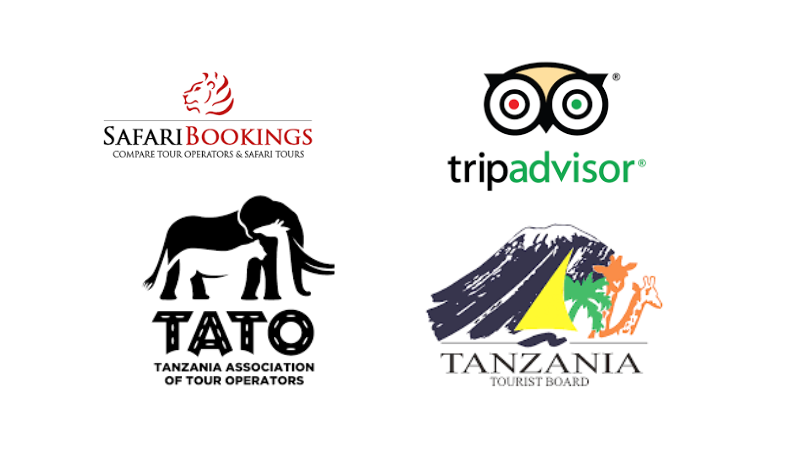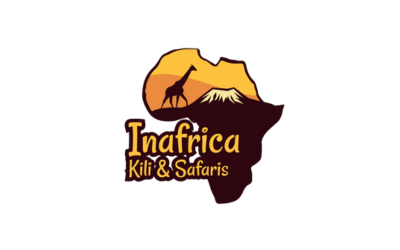Arusha National Park, located in northern Tanzania just 25 kilometers east of Arusha city, is a compact yet remarkably diverse protected area. Covering 552 square kilometers, the park features a wide range of landscapes, including the striking Mount Meru—Tanzania’s second-highest peak—as well as the lush montane forests, the crater floor of Ngurdoto Crater, and the scenic Momella Lakes. These varied habitats support an abundance of wildlife such as giraffes, zebras, buffaloes, warthogs, and the rare black-and-white colobus monkeys. Although the park doesn’t host large predators like lions, it offers excellent opportunities for walking safaris, game drives, and even canoeing on the lakes, making it a unique alternative to the more traditional safari experiences. Birdwatchers are especially drawn to Arusha National Park, with over 400 bird species recorded, including flamingos, turacos, and eagles. Mount Meru also attracts hikers and climbers, serving as both a rewarding trek and a useful acclimatization climb before tackling nearby Mount Kilimanjaro. Its proximity to Arusha and Kilimanjaro International Airport makes it an easily accessible gem and a perfect introduction to Tanzania’s rich natural beauty.
NORTHERN CIRCUIT
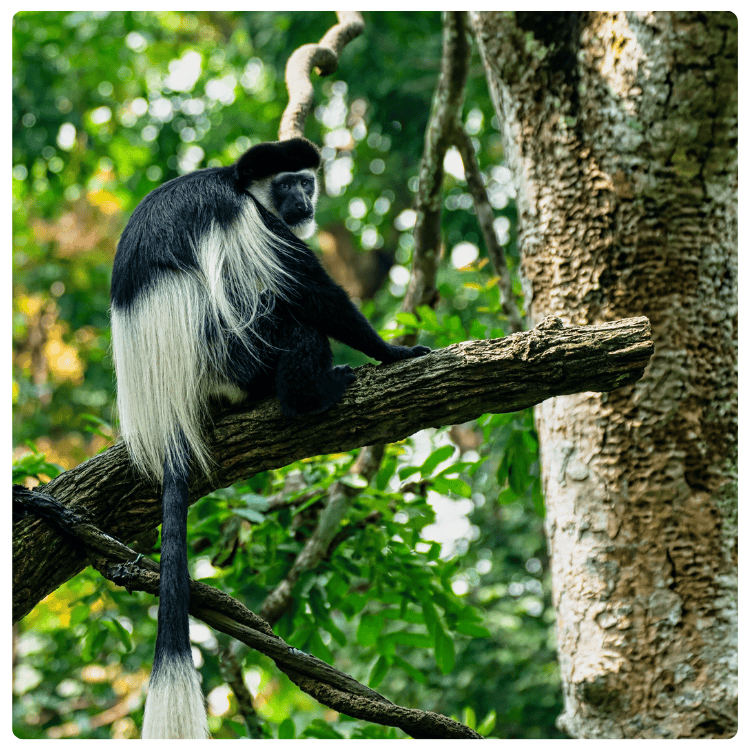
Arusha National Park
Tarangire National Park
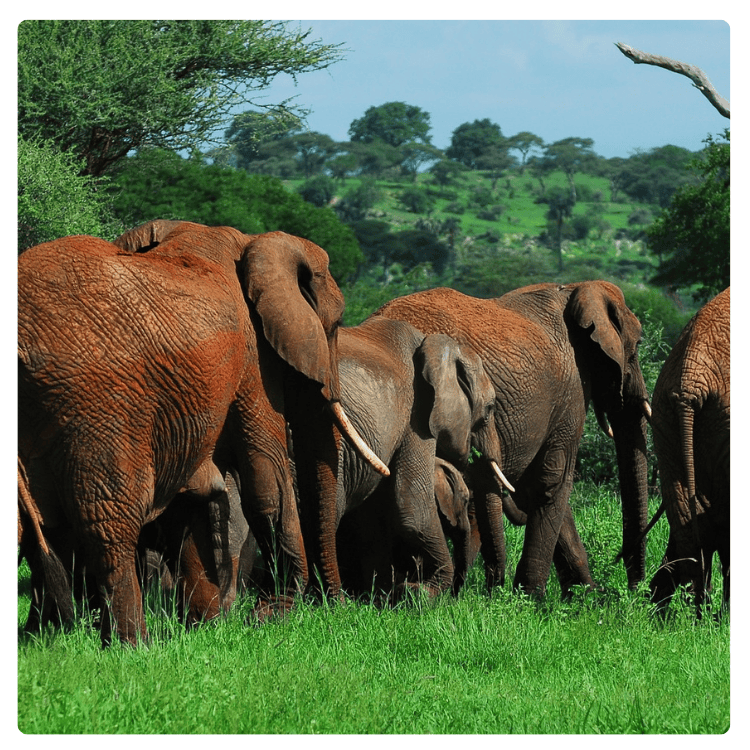
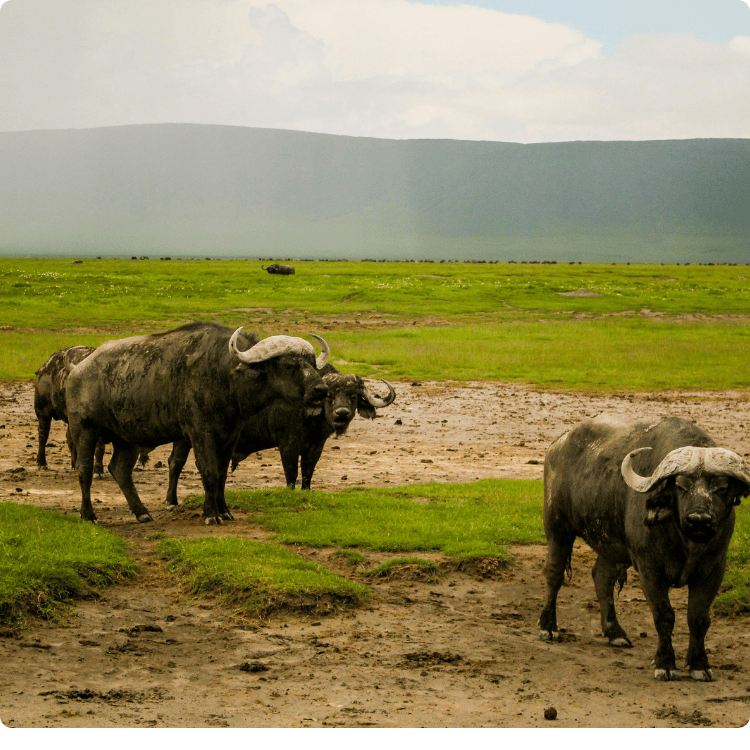
Ngorongoro Crater
Serengeti National Park
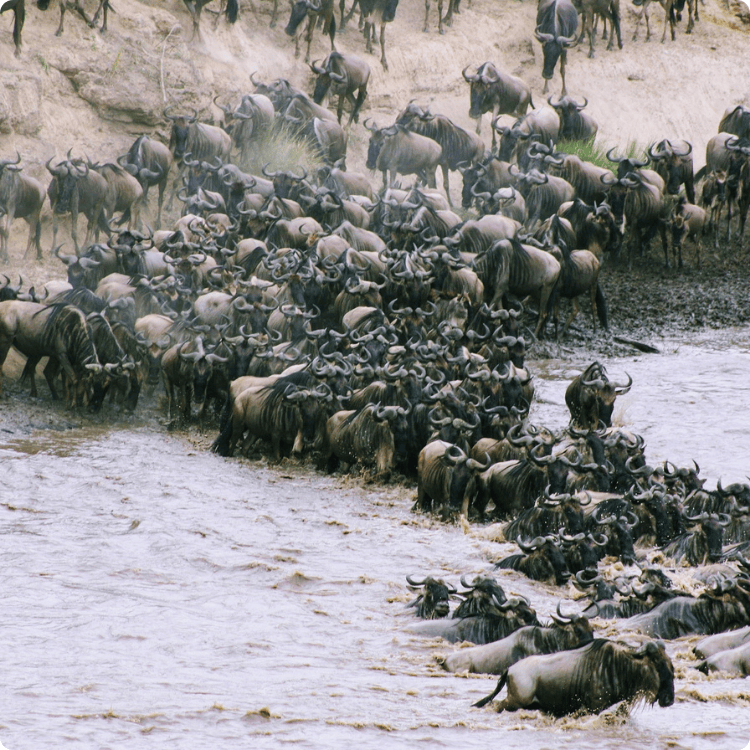
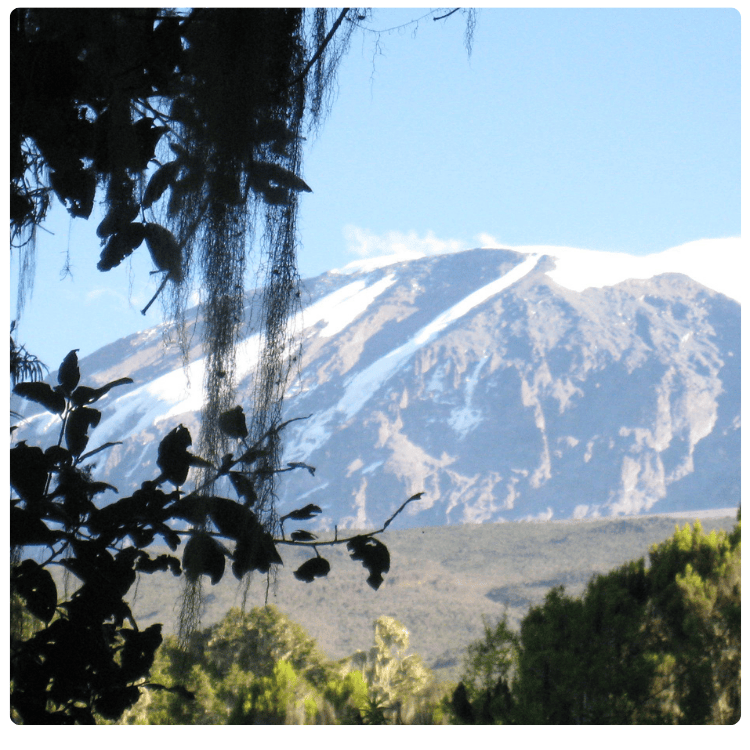
Kilimanjaro National Park
Lake Manyara National Park
Lake Manyara National Park, located in northern Tanzania along the Great Rift Valley, covers approximately 330 square kilometers, with nearly two-thirds occupied by the shallow, alkaline Lake Manyara. Established in 1960, the park is renowned for its diverse ecosystems, ranging from groundwater forests and acacia woodlands to open grasslands and the expansive lake itself. This variety supports a wide array of wildlife, making the park a prime destination for safari enthusiasts.
The park is famous for its tree-climbing lions, a rare behavior not commonly seen elsewhere, as well as large herds of elephants and buffalo. Birdlife is particularly abundant, with over 400 recorded species, including flamingos, pelicans, storks, and raptors. Lake Manyara is an important stopover for migratory birds and a haven for birdwatchers.
In addition to wildlife viewing, visitors can explore the park through game drives, guided walks, and canoeing (seasonal). The park also offers cultural experiences with local communities such as the Maasai. Its proximity to Arusha makes it a popular starting point for northern Tanzania safari circuits, including Ngorongoro and Serengeti.
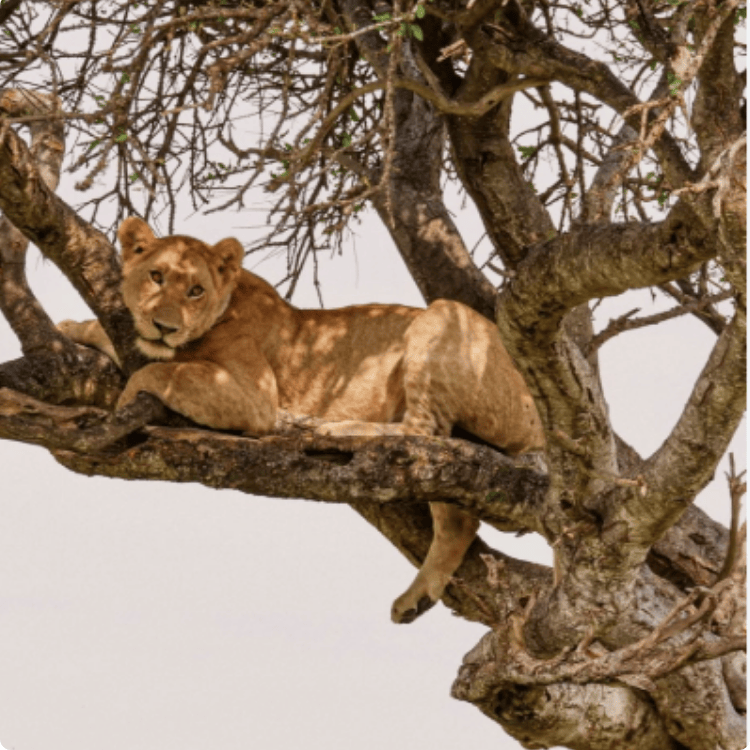
INAFRICA SAFARIS
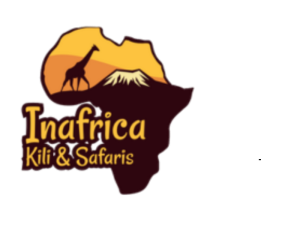
A: P.o BOX 8554 Namanga - Arusha,Tanzani
P: +255 749 024 731
E: info@inafricakiliandsafaris.com
AFFILIATES
